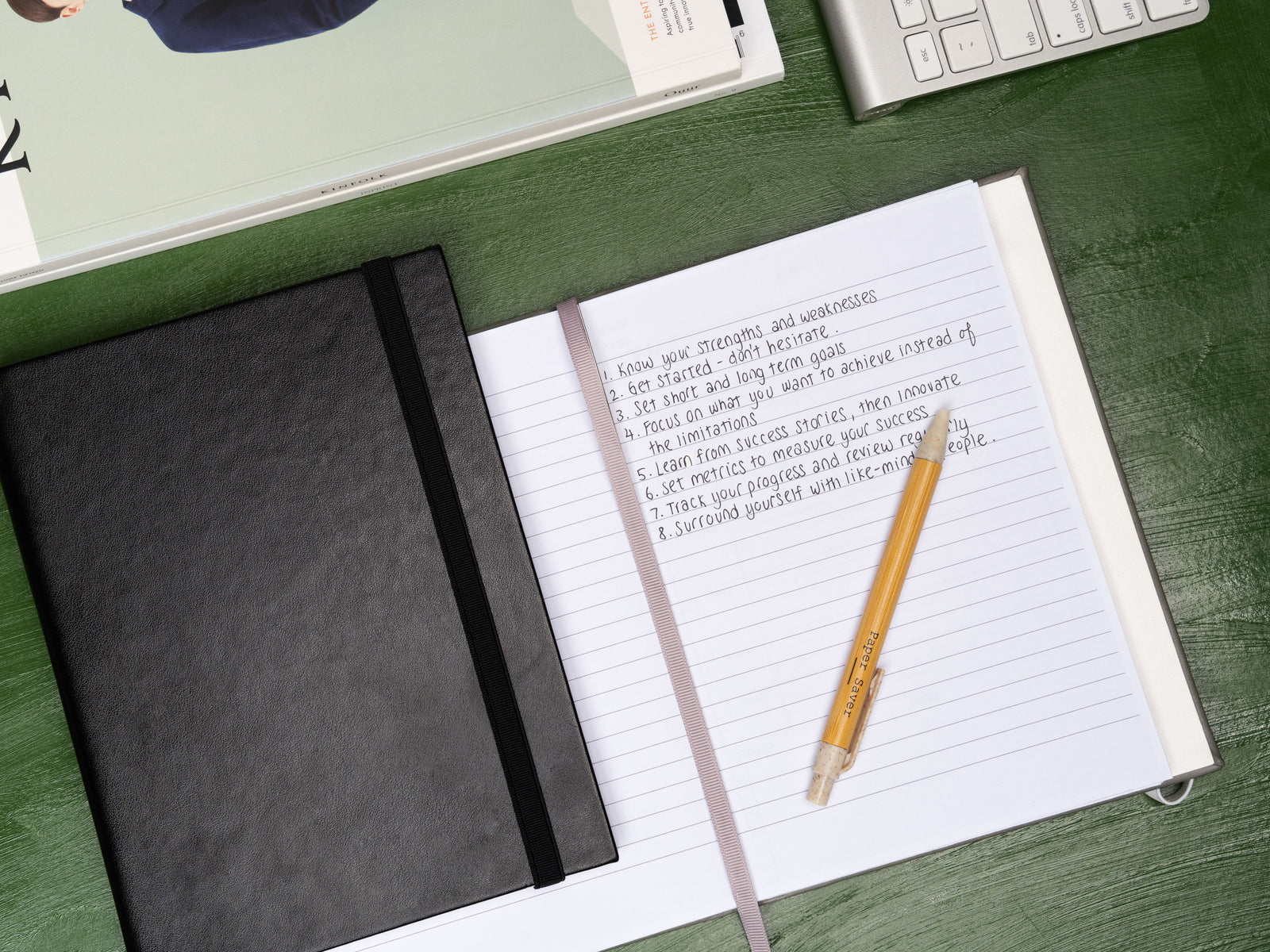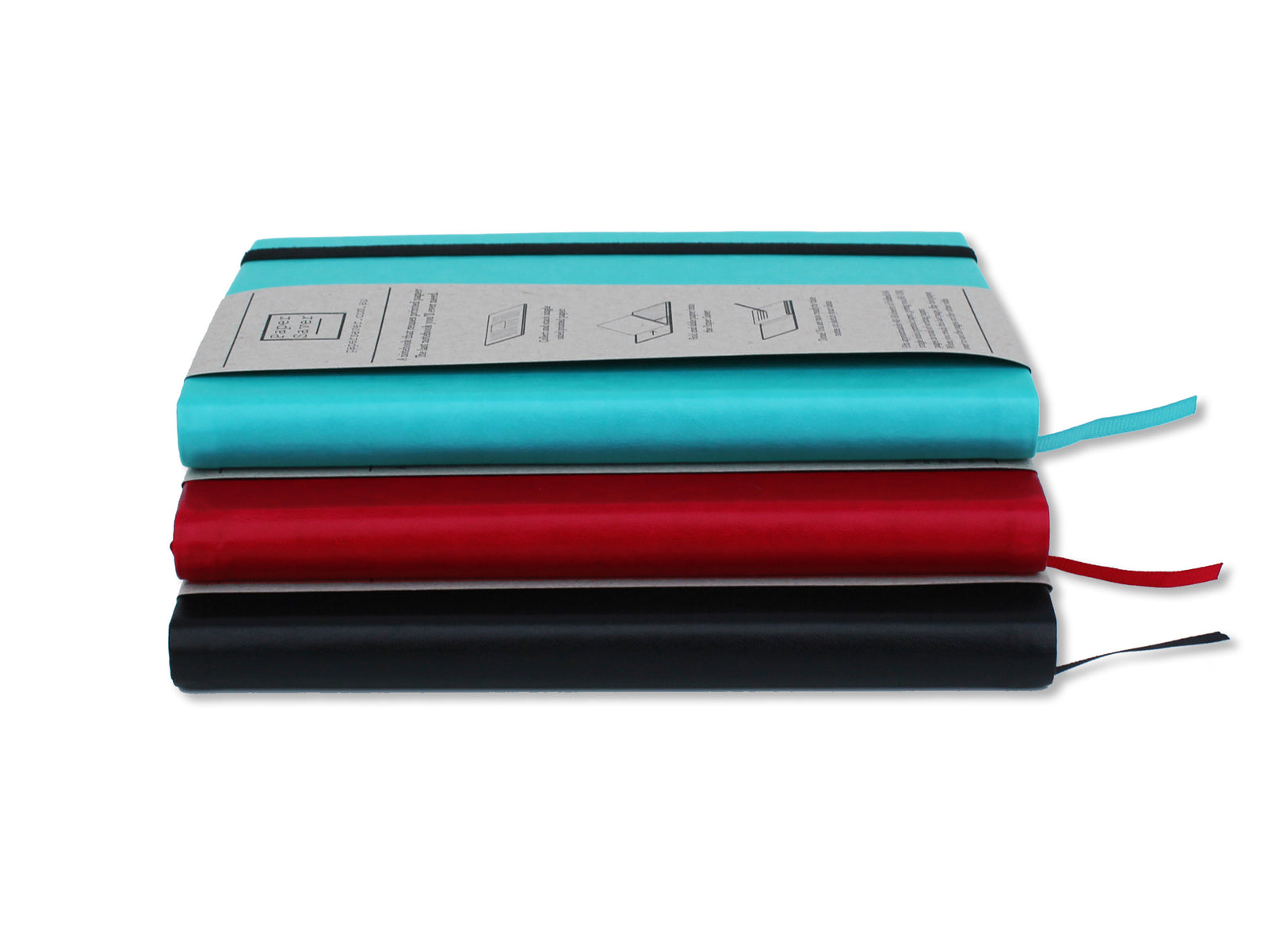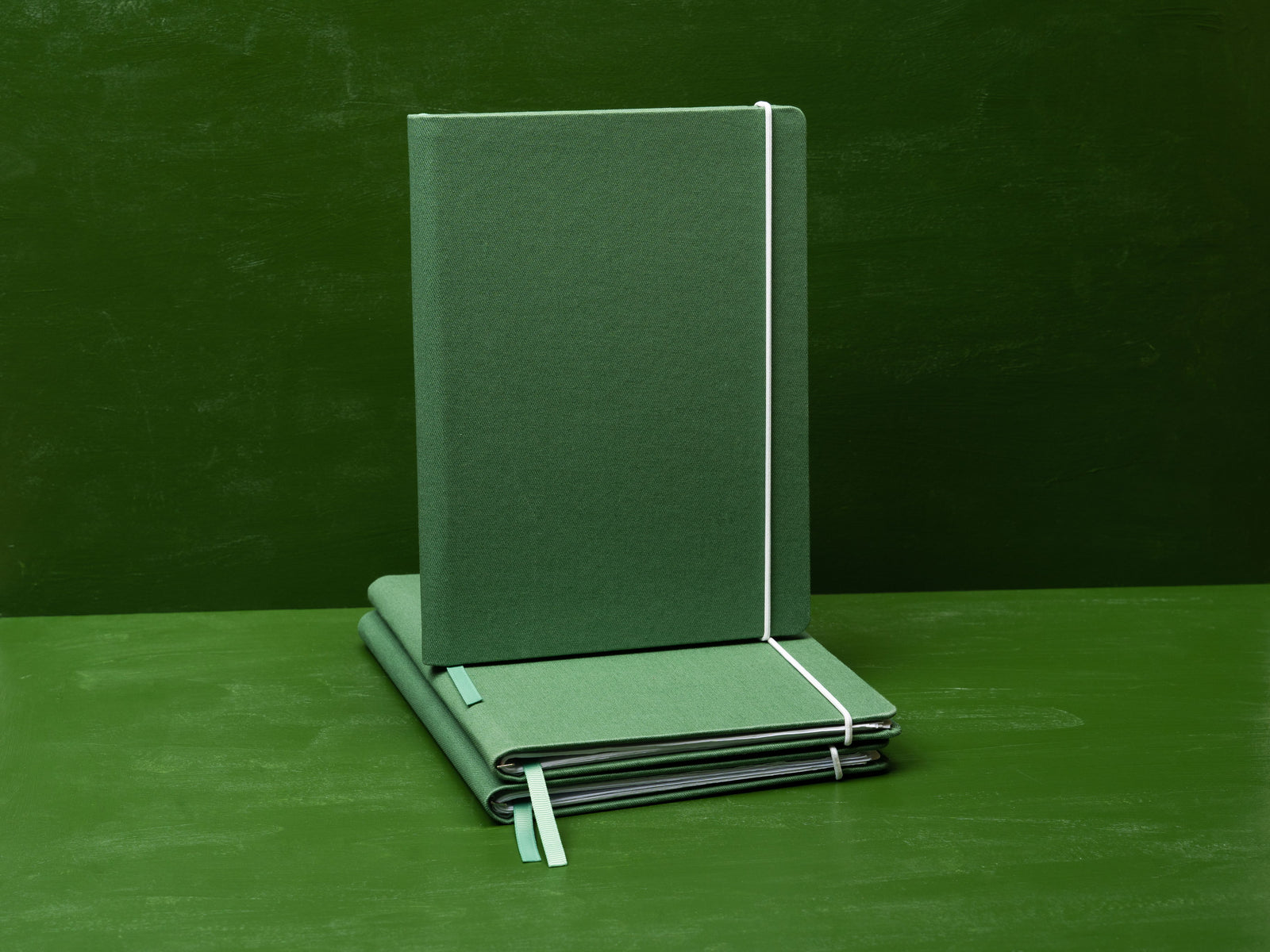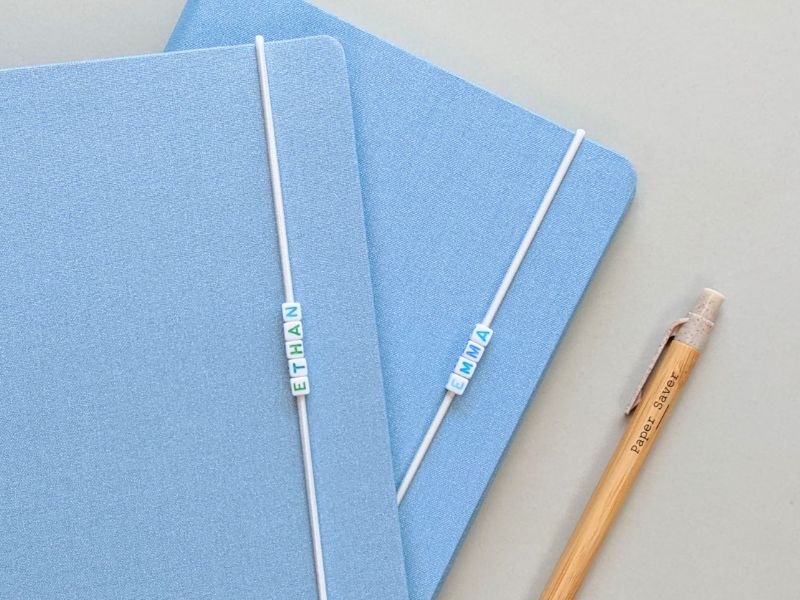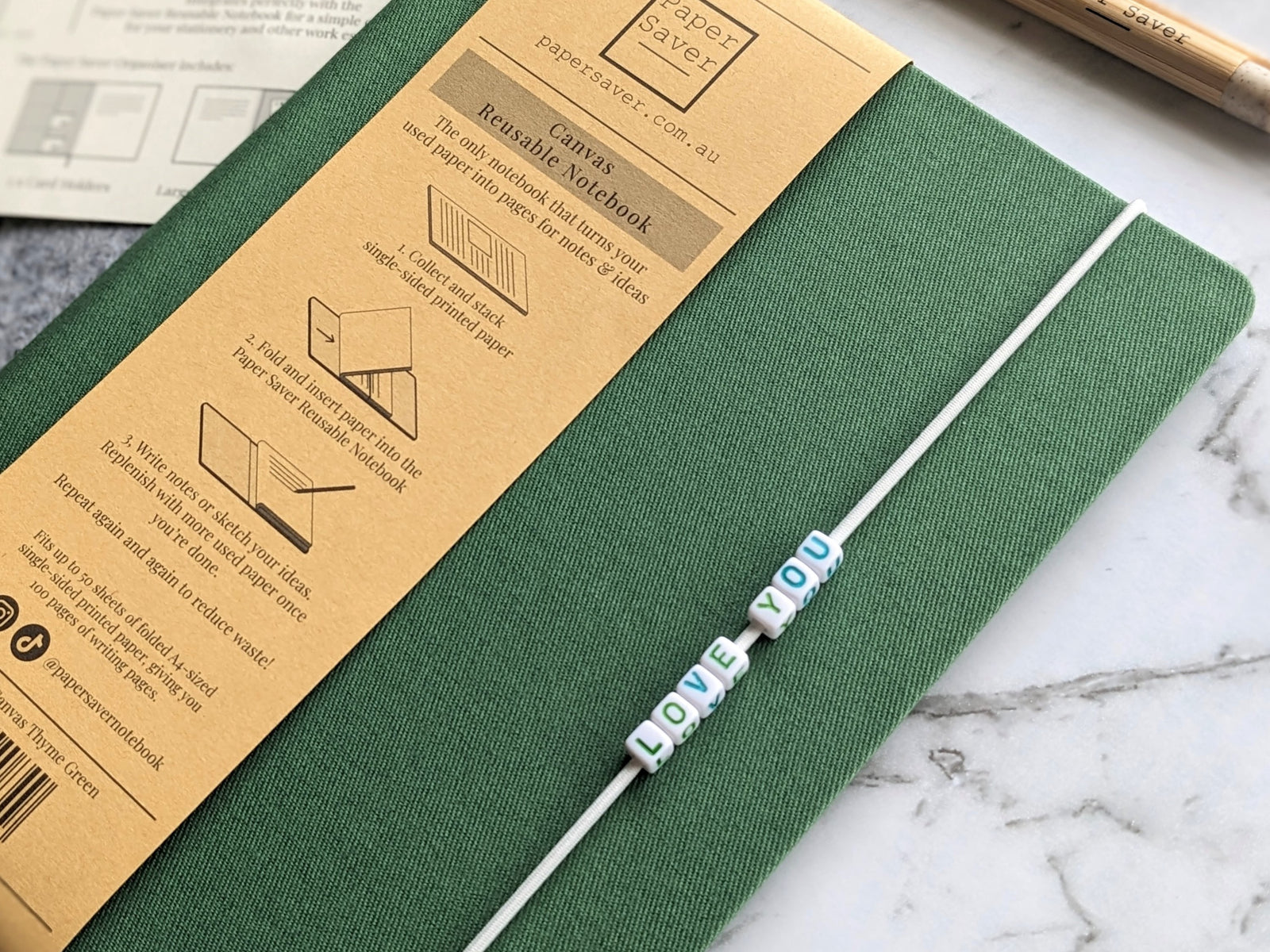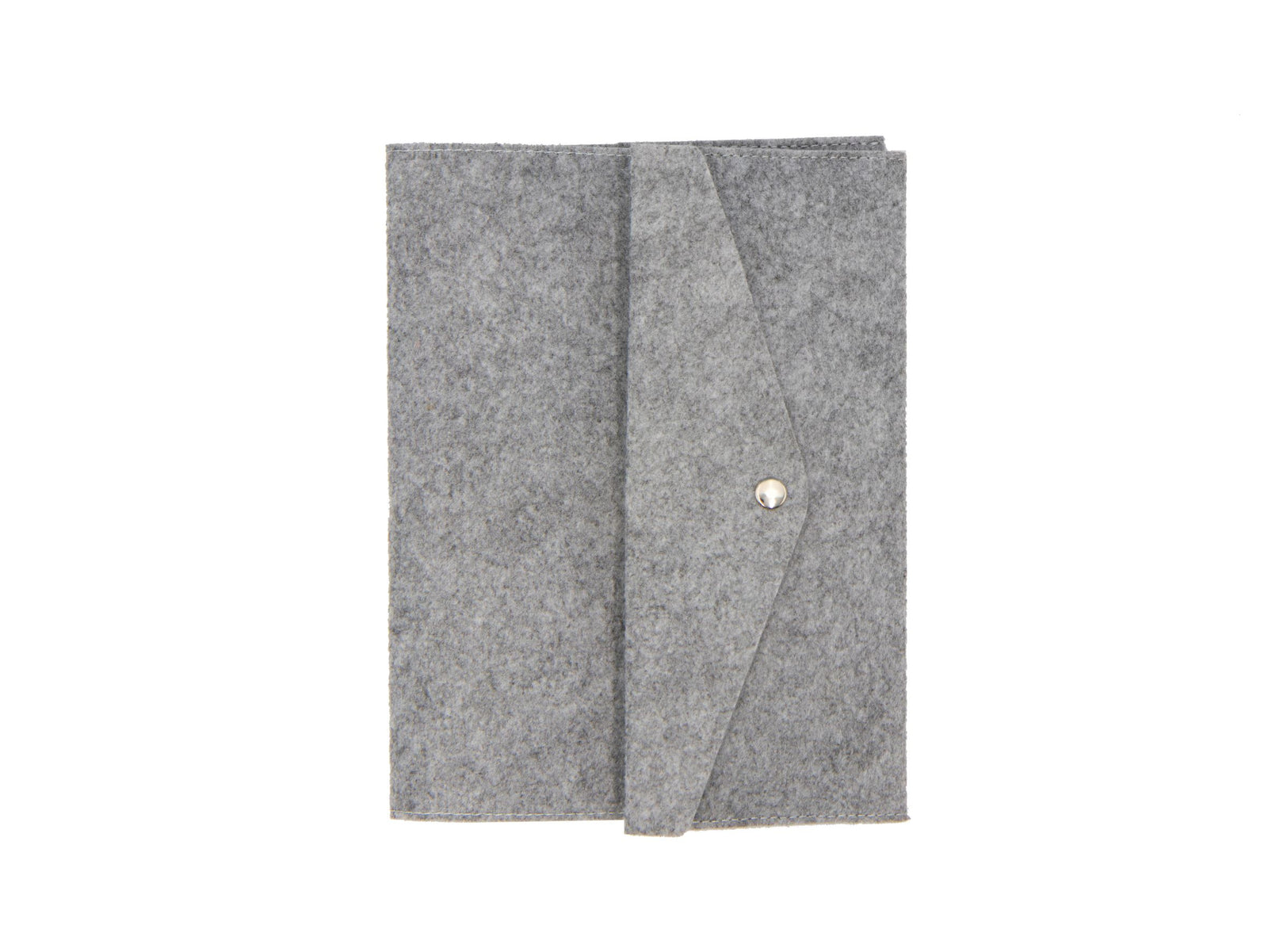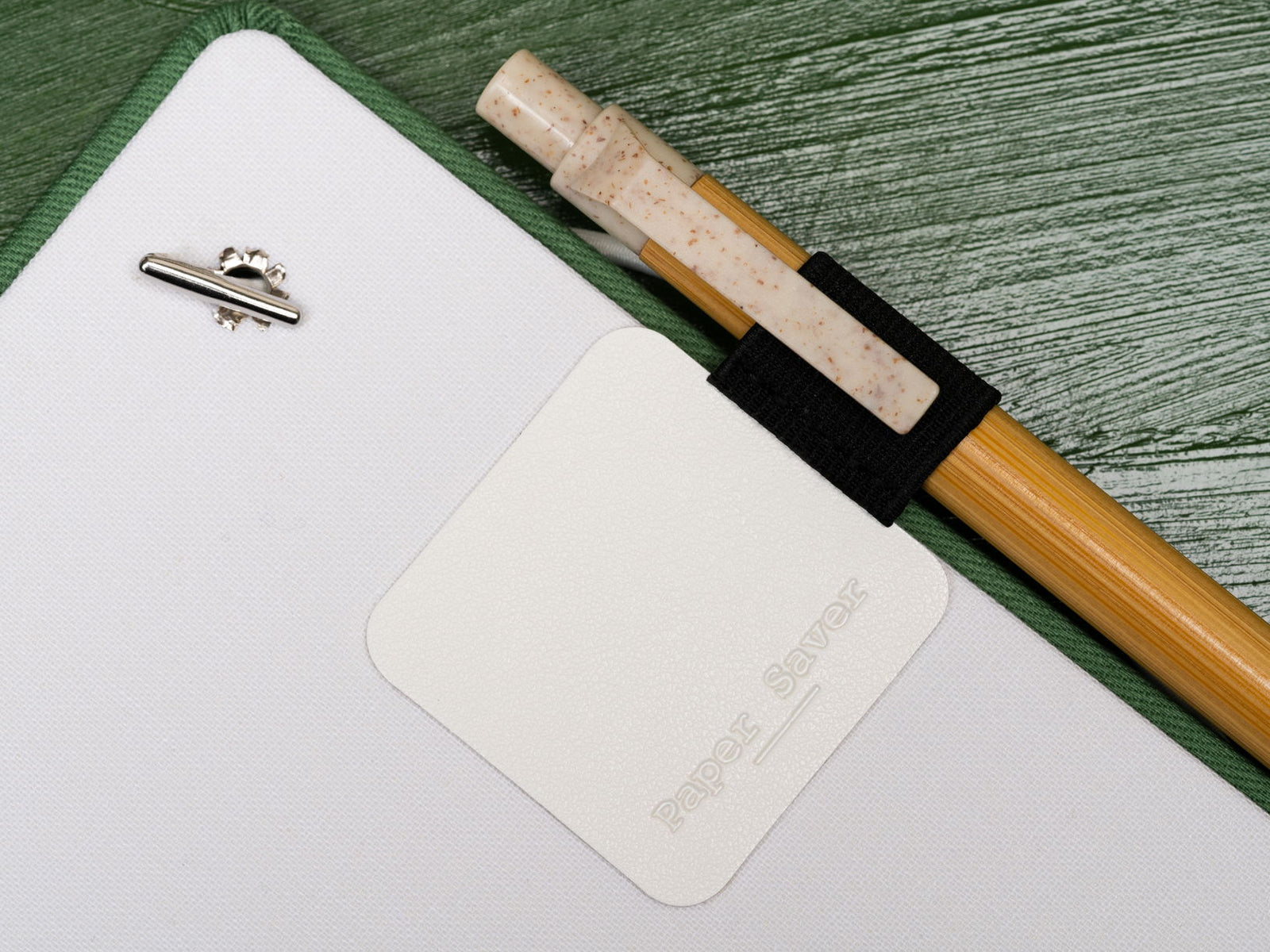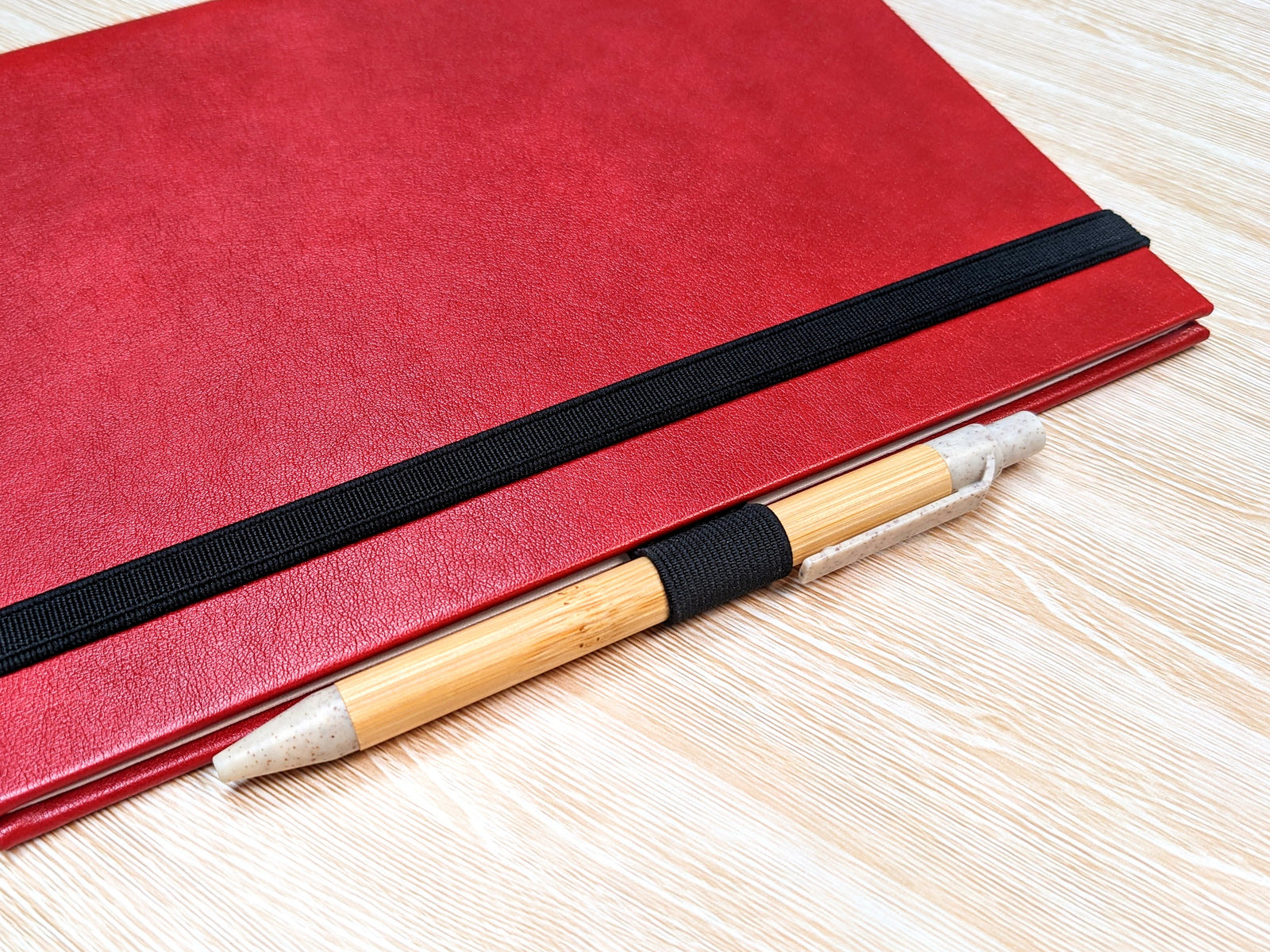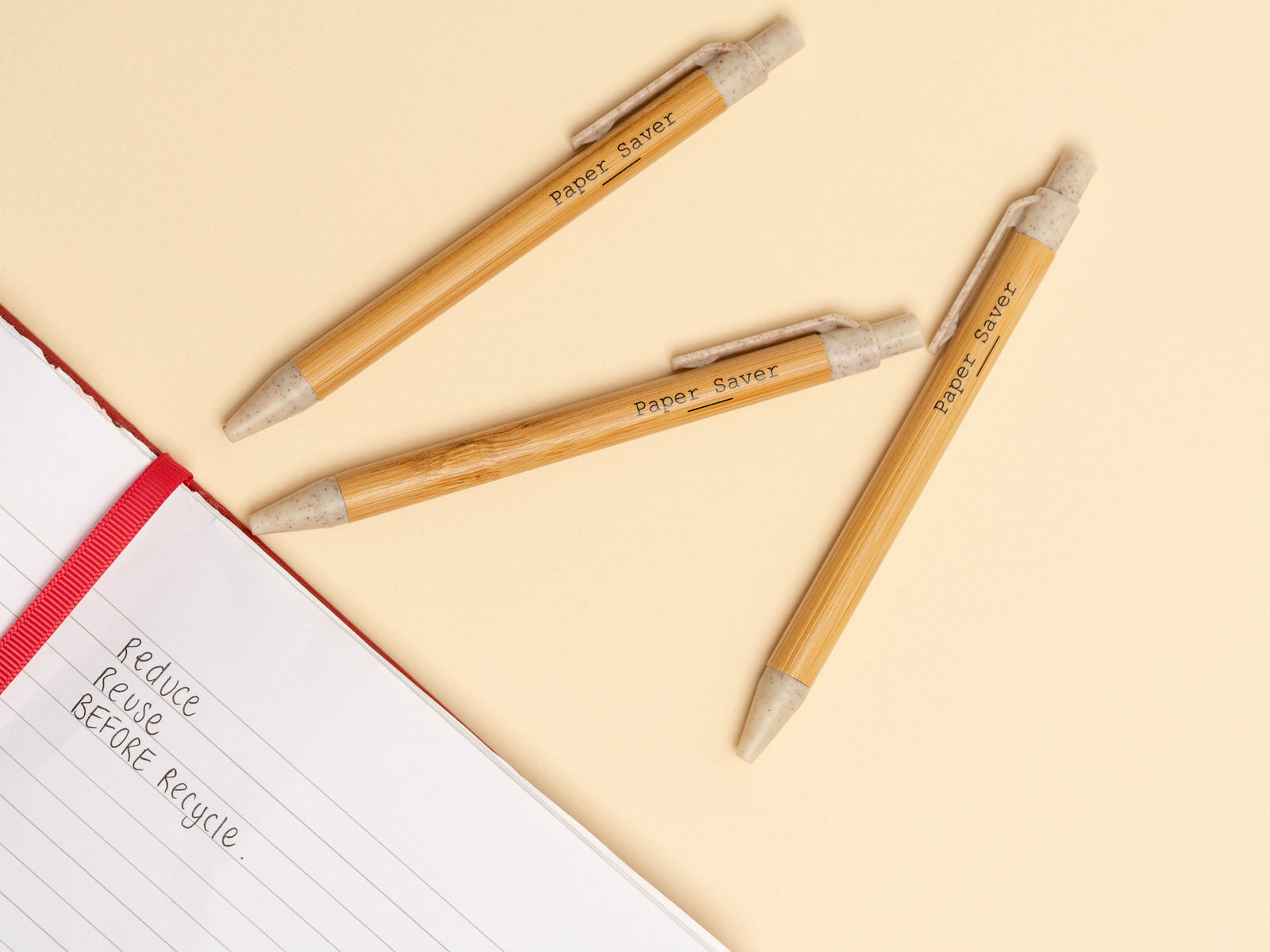FREE AU SHIPPING ORDERS $79+ | FLAT RATE $9
FREE AU SHIPPING ORDERS $79+ | FLAT RATE $9
Header menu
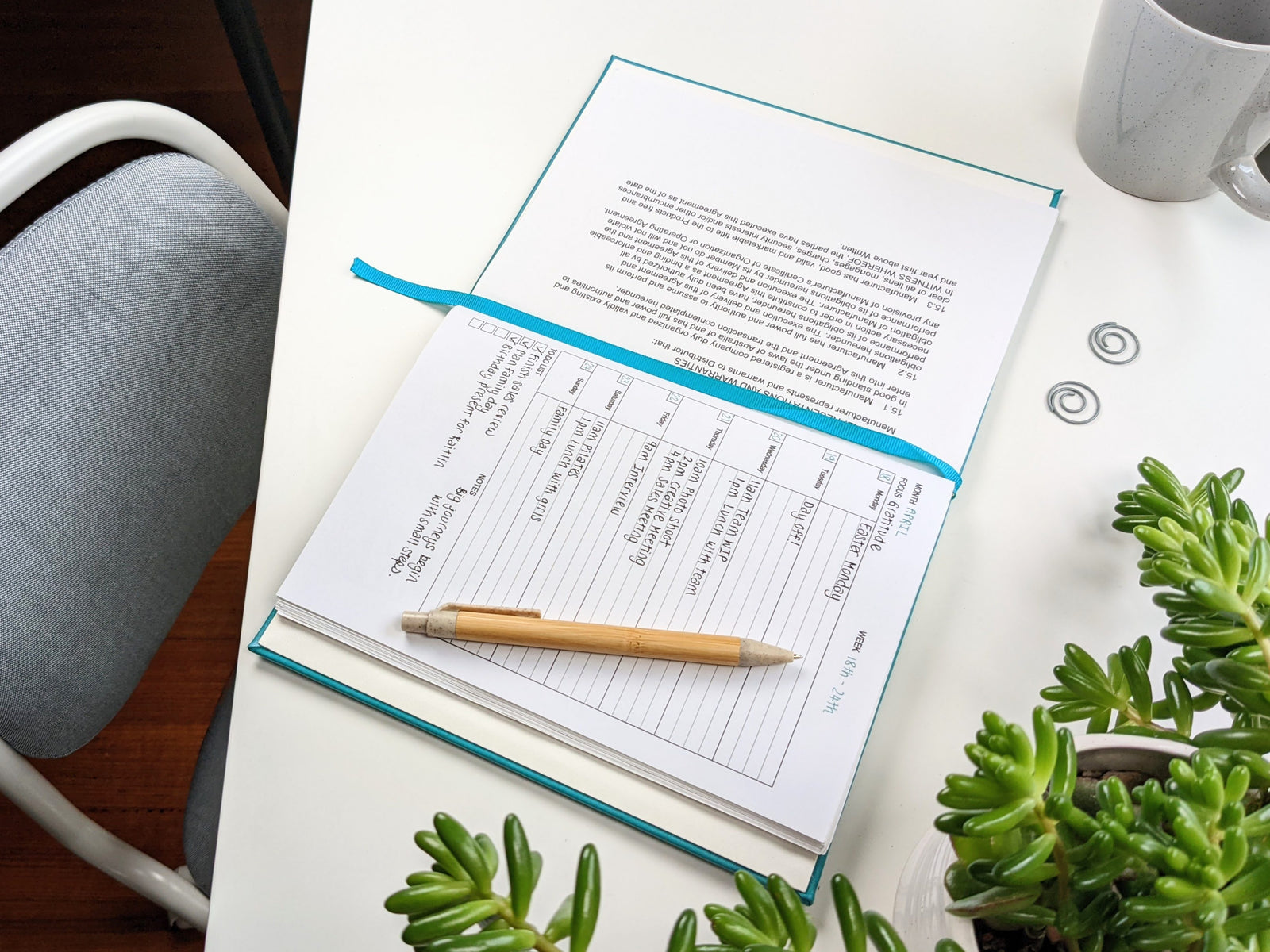
10 Small Changes for Big Sustainable Differences in Your Home - The Easy Eco Guide
May 11, 2022 5 min read

Many people often have the misconception that eco-friendly or sustainable products are more expensive and inconvenient. But did you know that a sustainable lifestyle means reducing your impact on the environment while continuing your everyday tasks easily and well, AND reducing your costs in the long run?
Here are some simple, small changes you can make easily to have yourself a more sustainable home to be more kind to our environment.
1. Seal Doors and Windows
With winter upon us, it's time to turn on the heating again and watch the energy consumption skyrocket along with utility bills..!
To keep costs and energy consumption down, you can keep your home warmer in winter (and cooler in summer) through some simple measures:
- Seal gaps in your doors, where cold breezes can come through, and warm air escapes. Door seals are readily available from all good hardware stores.
- Double glaze your windows and/or replace blinds with thick curtains - this may be a more costly investment, however in the long run will bring down not only your energy bills but also your environmental footprint!
We sealed the front, back, and laundry doors two years ago and even though we have always set our house to 19 degrees celcius, we noticed a difference in the amount of times the heat came on, and consequently, a drop in our energy bill!

2. Wash Your Clothes in Cold Water
If you do however have a particularly tough stain, try warm water first. Also always remember to check the tags for washing recommendations!

3. Manage Your Water Needs
With so many beautiful reusable water bottle options available, and water being a readily available commodity to us lucky people in the developed world, why are single-use water bottles still so popular?
If it's a convenience issue, you have two easy solutions:
1. Get a water filter - either in a jug or one installed on your tap, and easily refill your reusable bottle before you leave the house.
2. Use your kettle - growing up in an Asian family, we always boiled water in the kettle first to "kill the germs" before letting it cool down to pour into a jug to drink as cold water.
Questions you may ask about the kettle option:
- "That's so time consuming!"
As I grew up with this habit, I don't see it as being time consuming, which shows that if you're willing to make small changes, it's easy to make improvements on mundane everyday tasks, for environmental good :)
- "How can that be enough water to fill drink bottles for all members of my large household?"
We have a drinks dispenser purchased for our daughter's last birthday party that has been repurposed it as our water dispenser. It sits right next to the kettle so as soon as the water isn't boiling hot anymore, we pour the contents into the dispenser. The water can be dispensed to fill water bottles, and the kids can easily get water for themselves too!

4. Get a Low Flow Shower Head
The conventional shower head dispenses 25 litres of water per minute, compared with low flow shower heads with a 3 star efficient rating that dispense just 5 litres of water per minute.
And no, low flow shower heads do NOT mean less water pressure! That was my misconception due to the early-day versions, until I visited an Airbnb with a low flow shower head last year and found the pressure was even stronger than my conventional one at home! I have since switched, and can still enjoy my showers with strong water pressure!
Switching has reduced my water and energy consumption and wastage, and with less energy required to heat water, less CO2 emissions.

5. Delay Washings to Off Peak Hours
Depending on your energy provider, you can save on your energy bill by turning on your washing machine or dishwasher at different times of the day.
Most energy providers will charge higher rates for usage at peak hours, usually between 1pm to 8pm on weekdays, so if you can work around these hours, you can save quite a bit in the long run!
This one doesn't have a direct impact on your energy usage, but with rising cost of living making headlines every day, this tip will come in handy!
6. Fix Drippy Taps
... and after you fill up your reusable water bottle, kettle, or shower, make sure your taps are turned off properly!

7. Reuse Water
... if you need to wait for a plumber to come fix your leaky tap, make sure you put a small bucket or bowl under it to catch all the water to use for washing dishes or fruits and vegetables, or to water your plants!
If you lived through the Australian drought of the 2000s, you would have acquired the habit of reusing the water used to wash vegetables and fruits to water your garden and plants. So if it was good enough to reuse to keep our plants and garden hydrated back then, it should still be an easy practice to follow today!

8. Switch Off
Anything that requires electricity and is not in use should be switched off - from heaters and air conditioners, to TVs and computers (and no, standby mode does NOT count!).
According to Choice, household appliances make up to 30% of household energy use; those on standby add up to 10%! And the increasing usage of smart devices that are always on does not help.
The simple off switch is such an easy button to press to literally turn off the energy wasted and save you money too.

9. Eat Less Meat
The UN has estimated that livestock contributes to more than 14% of all man-made greenhouse gases globally - and not just carbon dioxide, but methane, which is 34 times more damaging to the environment, as well.
Cattle has been found to be the primary culprit of methane emissions from farming, processing, packaging, transportation, and even deforestation as land is cleared to make more land for farming.
No one can become a vegetarian overnight, but simply gradually reducing your consumption of meats, especially beef, can make your diet more climate-friendly.
Following simple eco-friendly living principles of reducing waste and choosing fruits and vegetables that are in season, rather than buying imports, will also help.

10. Do You Have Recycling and Compost Bins Yet?
If you still haven't set up recycling and compost bins yet, it's really time to get started! Since we started composting, we have noticed a considerable less amount of waste in our landfill bin, plus the bins actually don't induce the usual smelly odour anymore!
For how to get started on composting, check out the guide to composting from Go For Zero which has everything you need to know, even if you live in an apartment - it's easier than you think!
You can then use the compost for your garden, house plants, or veggie patch! Win-win 🙌
There are so many items within the household that are more environmentally friendly than their "original" counterparts for their abilities to be reused / recycled / composted / biodegraded. There are so many that we'll do one whole post about this next time - stay tuned!
For now, enjoy making small changes to your home to vastly reduce your impact on the environment for a more sustainable lifestyle and green living.
Leave a comment
Comments will be approved before showing up.
Want 10% off your next order?
Join the Paper Saver Community for exclusive updates, sales, sustainability tips
PLUS get your free printable templates to help you stay organised.


